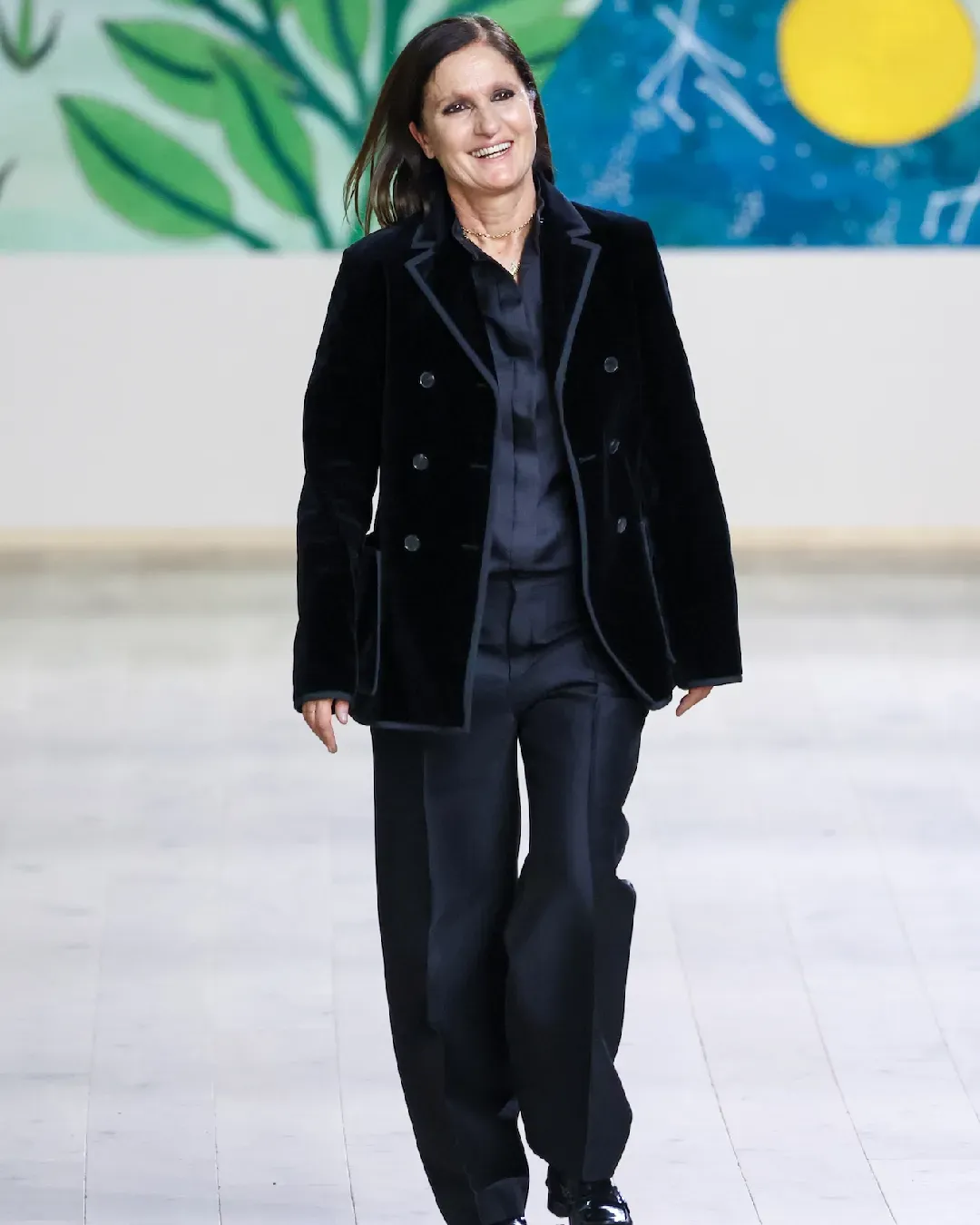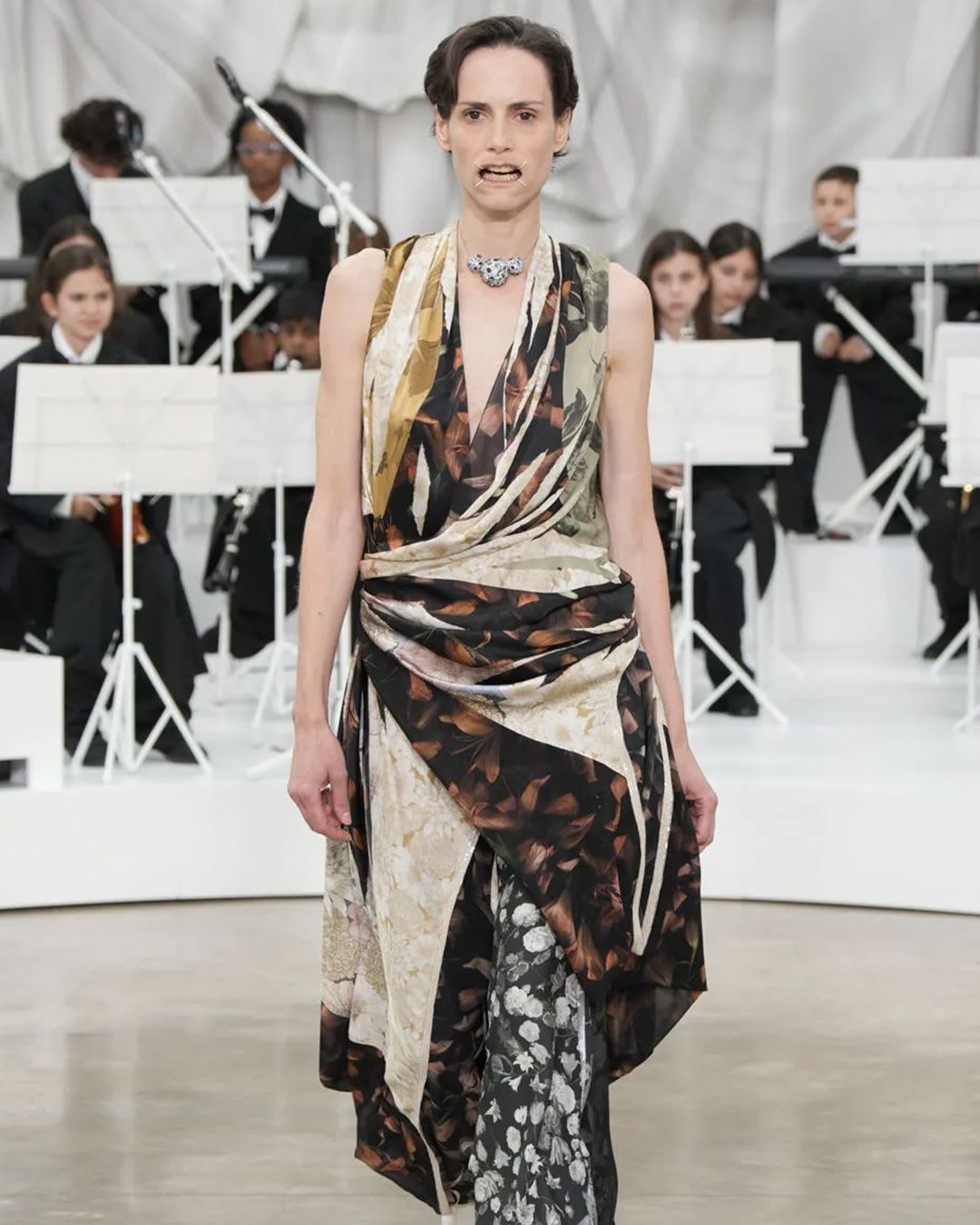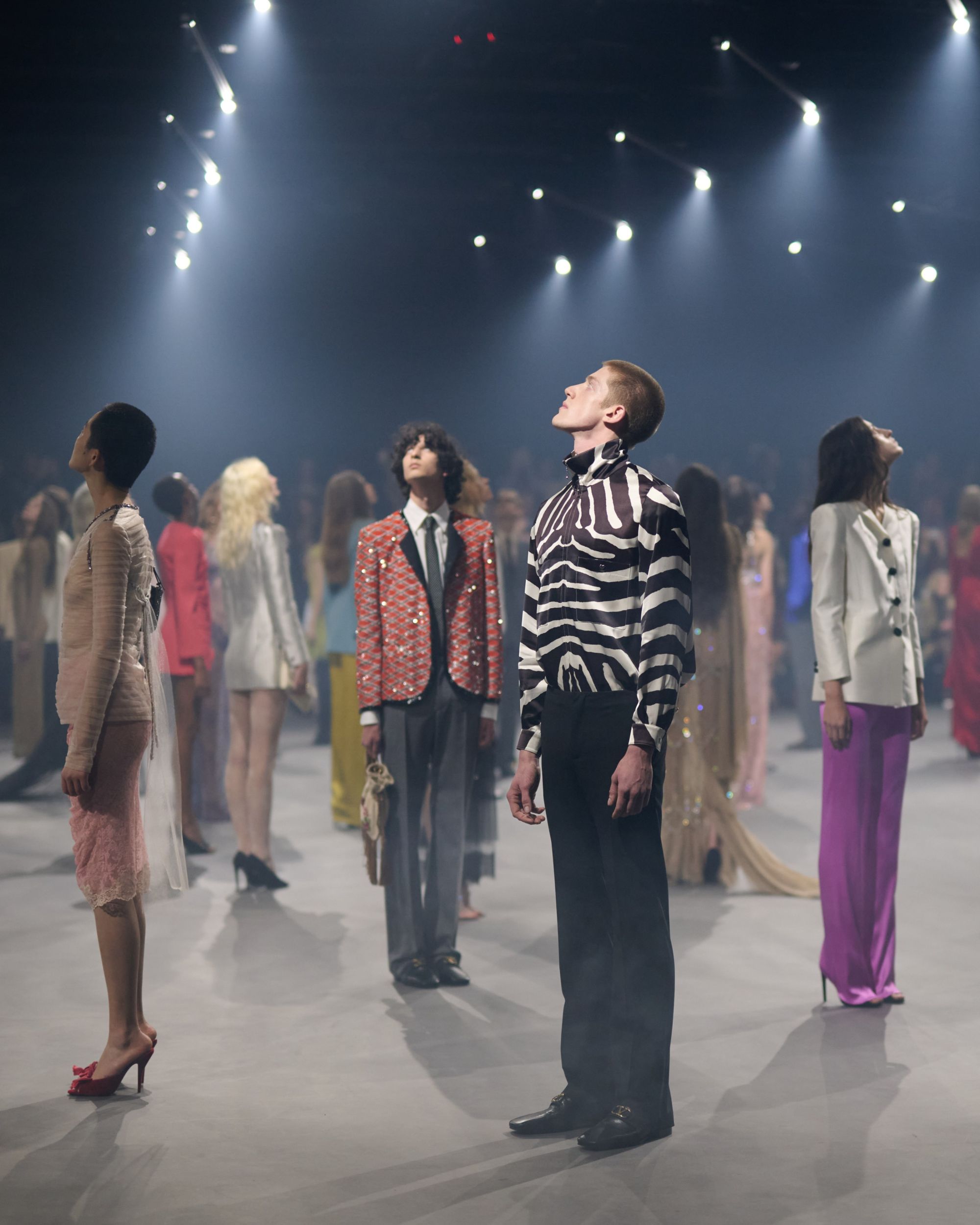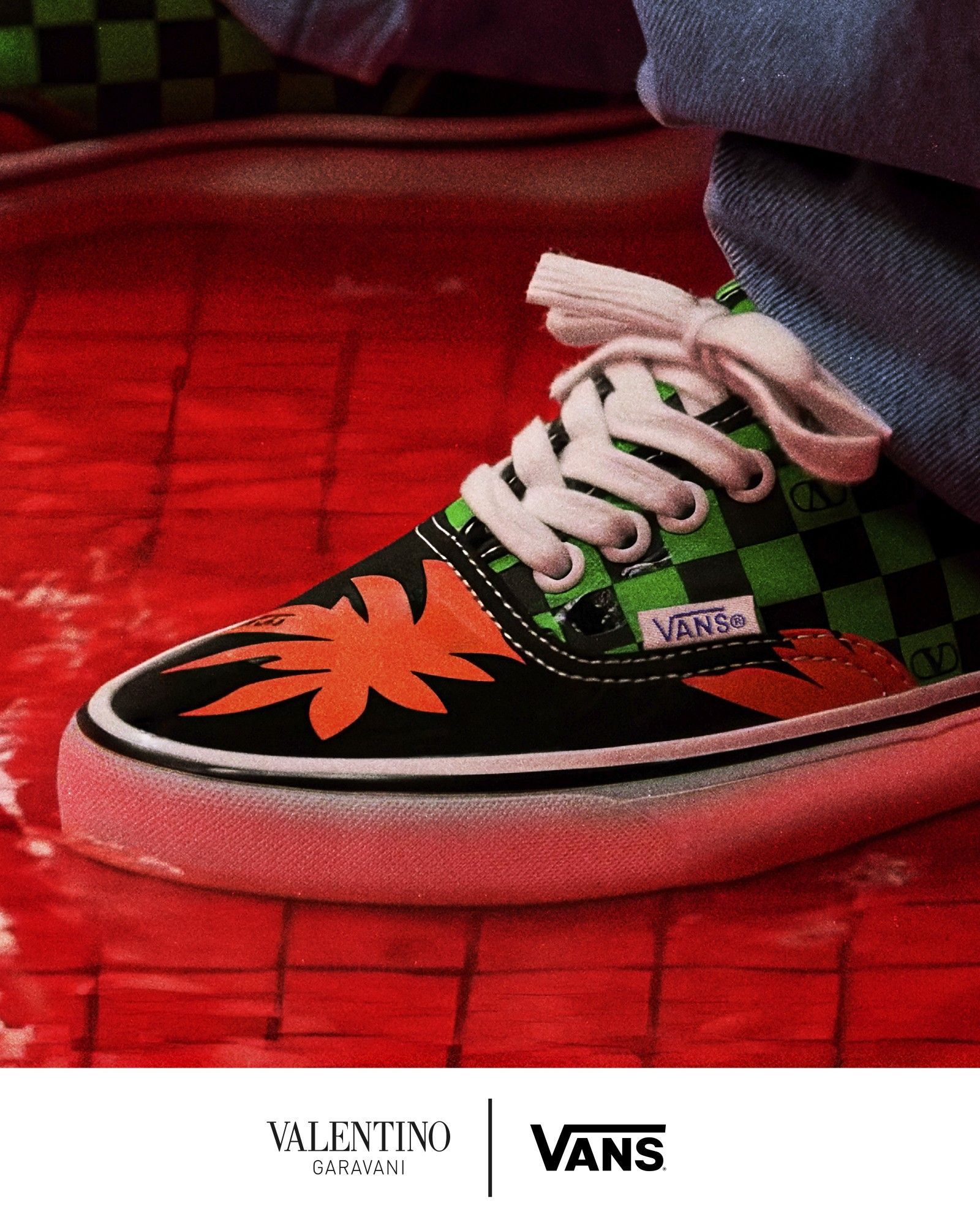
Is the era of quiet luxury really over? The new world that awaits us in September
«We know that in the last few years, there has been quiet luxury prevailing», said Rachid Mohamed Rachid, Valentino's chairman, to Bloomberg, «my guess, like many others in fashion: this is going to be over». Words as simple as they are ominous—given that in September one of the world's most beloved designers, Alessandro Michele, will return to the scene as Valentino's new creative director. Now, Michele has been the prophet of maximalism, exoticism, and eclecticism for eight years, his fashion is romantic, his cultural references omnivorous, and his return to the spotlight could indeed sound the death knell for the quiet luxury trend to which almost all brands have bowed in recent times. But this idea raises two sets of questions. The first concerns the nature of quiet luxury: has it ever been truly quiet? And above all, what has it actually represented for different brands and for fashion as a whole? The second concerns Michele himself: can his maximalism work, and what had stopped it from working at Gucci? The answer to the second question is simple: Michele's work possesses a unique charm but, despite its incredible success, after the SS21 collection his designs had become repetitive and self-indulgent. Being optimistic, however, now having to rely on the model traced by Valentino Garavani, Michele's wonderful sensibility will manage to be more measured and shine as it should. And if success follows as expected, the arc of quiet luxury will end. Nevertheless, if indeed it ends it won't be Michele who eliminated it.
Let's go back for a moment to the lockdown days: when the forced halt of all activities hit society at large, it was in the most bitter phase of streetwear intoxication. This doesn't mean that there was only streetwear, but that it was the moment when, more than any other, hoodies, t-shirts, and branded sneakers reigned; when collaborations were day by day as much more obscure and avoidable as they were obligatory; when the connection between the price of a garment and its actual value was more intangible. It was a phase rich in artificiality from which Jacquemus emerged as the bearer of a new rural freshness, and to which the public responded first with the search for more authentic sportswear, which became gorpcore, and then with the search for meaning and reassurance towards the past. It was during that period that quiet luxury became the sober antidote to sportswear, where "price for value" was discussed and where the abundance of logos and status symbols became vulgar, as did tracksuits and sneakers along with all those technical or excessively current garments whose only real value was the logo. In some ways, after years of emphasis on the post-modern nature of fashion, quiet luxury has put the emphasis back on pure product: cuts and materials return to center stage, proportions and drapes take the lead, and above all, everyday clothing, elevated basics, timeless clothing that has value because it can actually be used in everyday life, is praised again. Outside of luxury, this emphasis on versatility and longevity leads to the dual obsession of workwear and archive: the former offers an idea of relaxed yet classic everydayness, the latter a sense of continuity and cultural value. There is just one problem: when luxury is reduced to its pure essence, it's not always enough to distinguish a precise identity.
I’m so over the “quiet luxury” trend bc it’s just the working class trying so hard to ignore that we’re in a national financial depression
— Bella (@_BellaW_) September 9, 2023
This brings us to the problematic phase that luxury faces now. In short: the repertoire of classicism, of slightly reinvented suits, cocktail dresses, and coats with discreet branding has quickly run out—it all seems the same or nearly so from brand to brand. As a result, the market has split in two: on one side there are groups like LVMH, Kering, and Capri Holdings that are going through, more or less, a phase of instability that is creative, financial, and identity-related; on the other side there are realities like the Zegna or Prada groups, but also Brunello Cucinelli and Hermès, which despite the presumed cooling of luxury continue to sell and grow. The key to this split lies in the perceived authenticity of the different realities: it's no coincidence that all four are still family-owned and have expanded more organically than aggressively, nor is it a coincidence that all four are financially stable and continuing or that they work on a type of product much less standardized than that of the giant groups that have meanwhile become giants that eat more and more. From a strictly financial point of view, the principle enunciated years ago by Tom Ford remains valid that ready-to-wear is the decoration that serves to sell accessories and bags—but the more abstract truth is that in an era of creativity atomized in the work of a thousand design teams, a thousand commercial teams, and style offices what sells is personality or, better, a specific taste.
Never as now is it important for a brand, beyond the individual product, to be able to establish a precise and unique style that, in terms of retail, does not reduce to a garment that can be purchased elsewhere in an absurdly saturated market. In a word, brands need to return to more authorial dimensions, more artisanal productions, and more sincere dimensions. This is why so many historic luxury brands appear today more irrelevant culturally: not only has quiet luxury made them interchangeable with each other but the absence of a genuine singular inspiration behind them makes them terribly artificial. More than to brands, fashion lovers are passionate about designers—not the banner but who carries it. To give an example, the pieces of Miu Miu, which is the most stratospherically successful brand, can also seem simple taken alone but together in a collection they present a very precise taste and point of view that is hardly reducible to a formula—the same goes for Zegna whose tailoring, without succumbing to this or that trend, is simply incredibly modern and current; but also for Maison Margiela and its historic January show, which made everyone feel like they were sitting in a room with John Galliano. Needless to say, the tenure of Michele at Valentino is looked upon with the same hopes, if not higher.















































